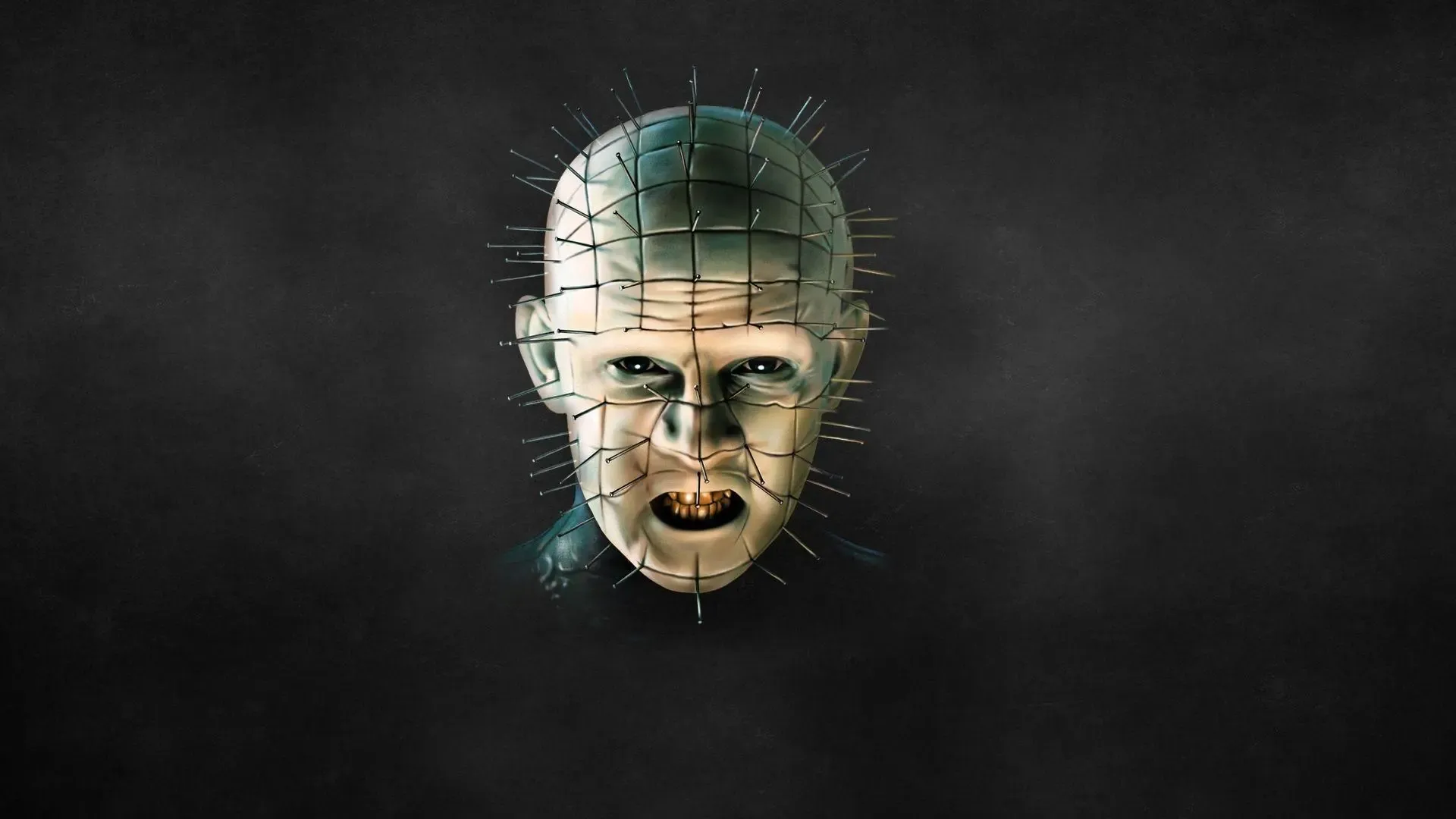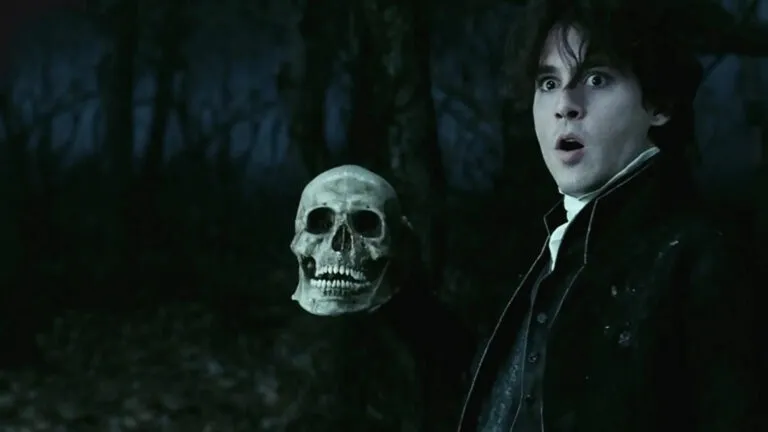Hellraiser Saga
Hellraiser Saga
What you know as evil is only a shadow. Evil has a face of its own. Now, let me show it to you.
With these words spoken by Pinhead, the video dedicated to the Hellraiser saga begins. The first film was made in 1987 by the legendary director Clive Barker and has since spawned nine sequels.
SOME CURIOSITIES
In Barker’s story, the house owner, Frank’s brother and Julia’s husband, is named Rory, while in the movie, he’s called Larry. Additionally, in the film, Kirsty is Larry’s daughter and thus Frank’s niece, whereas in the original story, she is simply Rory’s friend, who is secretly in love with him.
In the story, Frank does not regenerate from his mortal remains but from sperm he emitted just before being transported into the cube’s dimension.
The homeless man who bothers Kirsty and later transforms into a demon is absent from the story. However, a similar character appears at the end—a hunched man who returns the cube to Kirsty after the house collapses, whom the author refers to as “The Engineer.”
The appearance of the Lament Configuration differs between the book and the film. In the book, it is described as black, without decorations, and the puzzle’s solution is different. In the film, it has golden finishes.
The character of “The Engineer” also differs between the book and the film. In the book, when he appears in his true form, he manifests as a human head surrounded by a bright aura and commands the Cenobites. In the movie, he is a horribly deformed monster, incapable of speech, chasing Kirsty and attempting to devour her, seemingly at the service of the Cenobites.
Steve’s character is also absent from the original story.
And to you dark souls, don’t you shiver when you hear these words: What you know as evil is only a shadow. Evil has a face of its own. Now, let me show it to you.
 Subscribe to our YouTube channel
Subscribe to our YouTube channel






